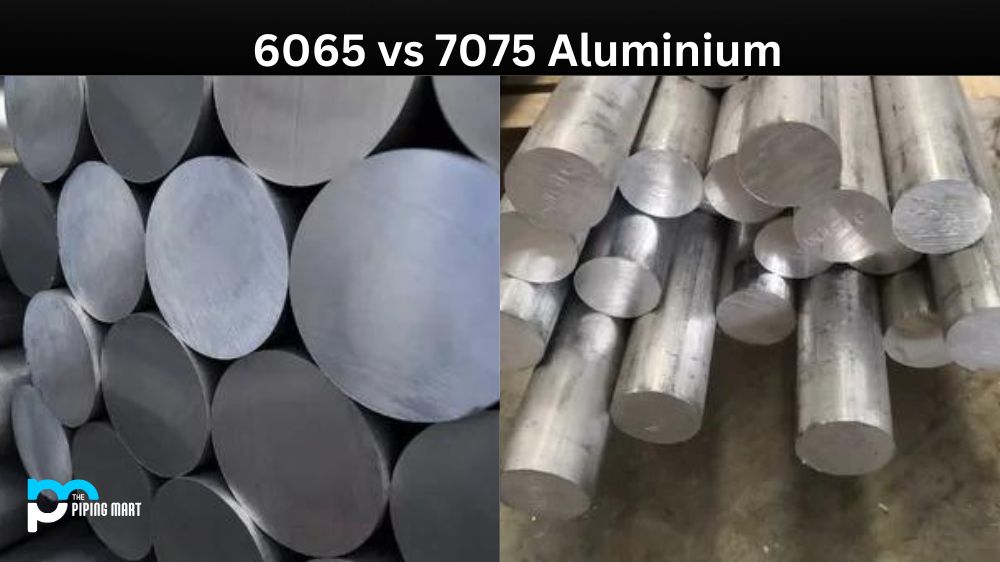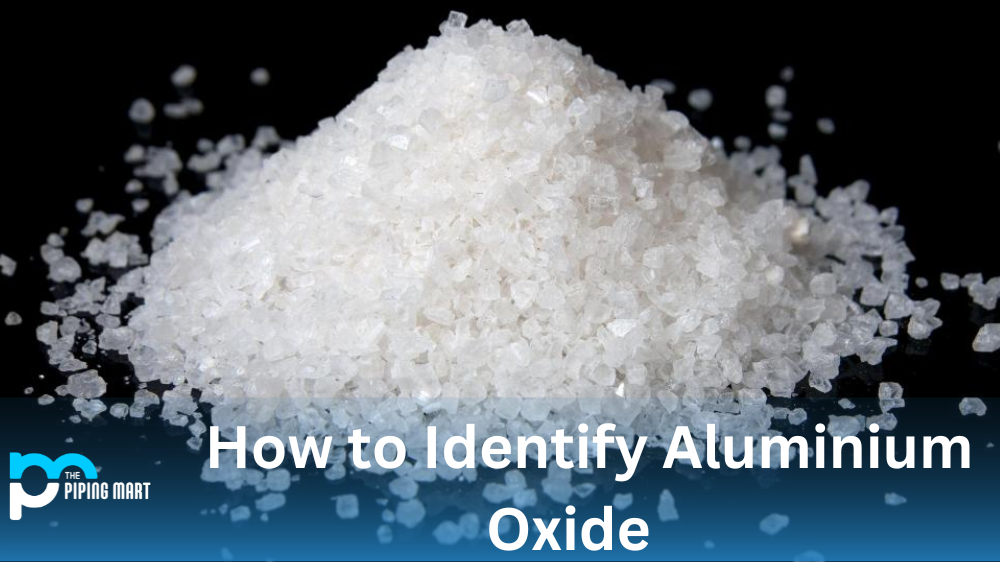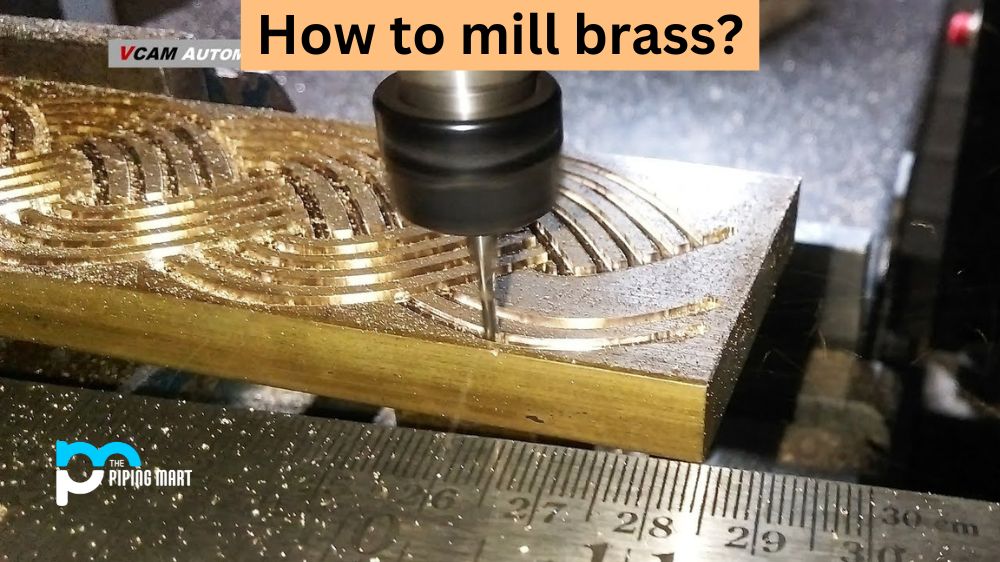Aluminium is one of the most widely used metals in the world, and it comes in a wide range of alloys with various unique properties. Two of the most commonly used aluminium alloys are 6065 and 7075. These two alloys have distinct differences in their mechanical properties, composition, and applications. This article will explore the differences between 6065 and 7075 aluminium alloys and understand why each is used.
Aluminium 6065
6065 aluminium is an aluminium alloy composed of 98.7% aluminium, 0.8% magnesium, and 0.7% silicon. It falls under the 6xxx series of aluminium alloys, known for their strength and corrosion resistance properties. This alloy is designed for structural applications and has excellent weldability and formability.
Aluminium 7075
7075 aluminium is a high-strength alloy commonly used in aerospace and military applications due to its exceptional strength-to-weight ratio. This type of aluminium is part of the 7000 series, which primarily contains zinc as the alloying element.
Difference Between 6065 and 7075 Aluminium
Composition
Aluminium 6065 and 7075 are alloys of aluminium, which means they are made up of a blend of other metals. 6065 is made up of aluminium, magnesium, and silicone, while 7075 is made up of aluminium, zinc, copper, and magnesium. Adding these elements gives each alloy distinct properties that make them useful in different applications.
Strength
7075 is a higher-strength alloy than 6065. It has a higher yield strength, tensile strength, and fatigue strength. Due to this, it is commonly used in industrial applications, such as aircraft and missile manufacturing. In contrast, 6065 has lower strength but better formability. This makes it ideal for applications that require complex shapes and designs, such as automotive parts.
Machinability
6065 aluminium alloy has great machinability compared to other alloy grades. It is easier to machine, which makes it popular for intricate and detail-oriented parts such as valve bodies, shafts, and gears. On the other hand, 7075 has poor machinability, but its hardness makes it suitable for high-speed and high-precision machining operations.
Corrosion resistance
Another difference between 6065 and 7075 aluminium alloys is their corrosion resistance. 7075 is more vulnerable to corrosion than 6065 because of its zinc content. However, the addition of copper makes it more resistant to stress corrosion cracking, which makes it ideal for marine applications. 6065, on the other hand, is more corrosion-resistant due to its magnesium content.
Applications
The differences in these two alloys’ mechanical properties, composition, and machinability make them suitable for different applications. Aluminium 6065 is commonly used in the automotive industry, including car chassis and body panels, while 7075 is used in aerospace and defence applications.
Conclusion:
In summary, the differences between aluminium 6065 and 7075 are significant, and choosing the right alloy for each application is important. While 6065 is more formable and corrosion-resistant, 7075 is a harder and more durable alloy suitable for high-strength applications. Understanding these differences can help you make better choices when selecting aluminium alloys for your next application.

A passionate metal industry expert and blogger. With over 5 years of experience in the field, Palak brings a wealth of knowledge and insight to her writing. Whether discussing the latest trends in the metal industry or sharing tips, she is dedicated to helping others succeed in the metal industry.




